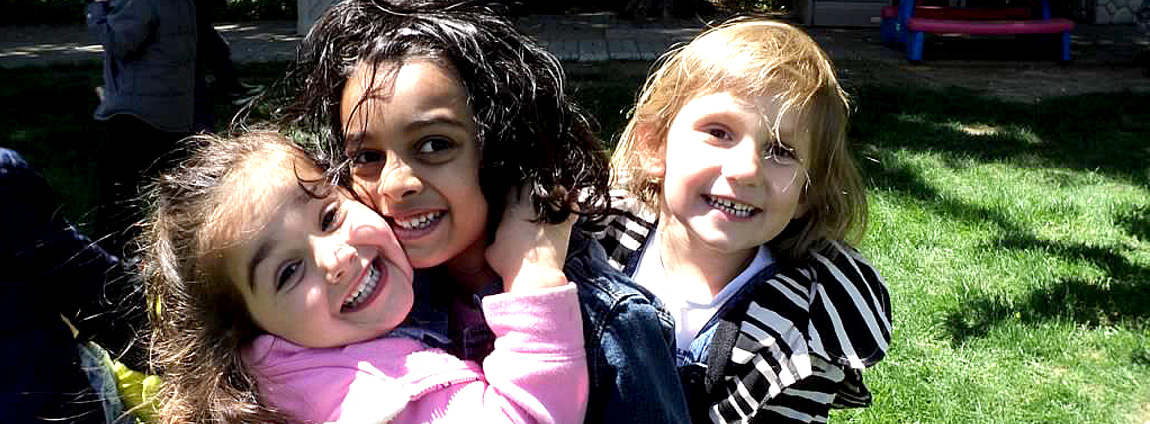- About us
- Home
- Programs
- Academics
- Admissions
- Resources
- Contact us

These differences highlight the contrasting approaches and philosophies between Montessori education and traditional education, each with its own strengths and considerations depending on the needs and preferences of students and families.
Individual Instruction:
Montessori: In Montessori education, individualized instruction is a cornerstone. Students are allowed to progress at their own pace and are given lessons and materials based on their readiness and interests.
Traditional: In traditional education, instruction is typically delivered to the whole class, with limited individualization. Teachers may differentiate instruction to some extent, but it's often challenging to meet the diverse needs of every student.
Cognitive Development:
Montessori: Montessori education emphasizes hands-on learning and exploration, which promotes holistic cognitive development. Children are encouraged to engage in self-directed activities that stimulate their senses, critical thinking, and problem-solving skills.
Traditional: Traditional education often focuses on rote memorization and standardized testing, which may not fully support the development of critical thinking and problem-solving skills in the same way.
Mixed Age Grouping:
Montessori: Montessori classrooms typically have mixed-age groupings, allowing younger students to learn from older ones and vice versa. This fosters a sense of community, cooperation, and mentorship.
Traditional: Traditional classrooms are usually grouped by age, with students within a narrow age range. This may limit opportunities for peer learning and collaboration across different age groups.
Child Choosing Own Work:
Montessori: In Montessori education, children have the freedom to choose their own work from a variety of materials available in the classroom. This promotes independence, self-motivation, and a love of learning.
Traditional: In traditional education, the curriculum is often predetermined by the teacher or curriculum standards, and students have less autonomy in selecting their learning activities.
Children Helping and Teaching Each Other:
Montessori: Montessori classrooms encourage peer learning and cooperation, where older children often mentor younger ones and help them with tasks or concepts they have mastered.
Traditional: While collaboration among students may occur in traditional classrooms, the primary source of instruction and assistance is typically the teacher.
Child Discovers Own Concepts from Self-Teaching Materials:
Montessori: Montessori materials are designed to be self-correcting, allowing children to learn independently by discovering their own mistakes and correcting them.
Traditional: In traditional education, materials may not always be designed for self-teaching, and students may rely more heavily on teacher guidance and feedback.
Child Works as Long as He Wishes on Chosen Work:
Montessori: Children in Montessori classrooms are allowed to work on activities for as long as they are engaged and interested, promoting deep concentration and focus.
Traditional: In traditional classrooms, there may be more rigid schedules and time constraints for each activity, limiting the amount of time students can spend on any given task.
Child Sets Own Learning Pace:
Montessori: Montessori education emphasizes individualized learning, allowing each child to progress at their own pace.
Traditional: In traditional education, the pace of instruction is often determined by the teacher or curriculum standards, which may not always align with the needs or abilities of every student.
Child Spots Own Errors from Feedback of Materials:
Montessori: Montessori materials are designed to provide immediate feedback to children, allowing them to recognize and correct errors on their own.
Traditional: In traditional education, feedback on errors may come primarily from the teacher during assessments or class discussions.
Child Reinforces Own Learning by Repetition of Work and Internal Feeling of Success:
Montessori: Montessori materials are designed to encourage repetition, allowing children to reinforce their learning through practice and mastery of skills. Success is often internalized through a sense of accomplishment.
Traditional: In traditional education, reinforcement of learning may come from a variety of sources, including teacher feedback, grades, and external rewards.
Multi-Sensory Materials for Physical Exploration:
Montessori: Montessori materials are specifically designed to engage multiple senses, allowing children to explore concepts through hands-on manipulation and sensory experiences.
Traditional: While some traditional educational materials may incorporate sensory elements, they may not be as intentionally designed for physical exploration as Montessori materials.
Learning Care of Self and of Environment:
Montessori: Montessori education emphasizes the importance of teaching children to care for themselves and their environment, fostering independence and responsibility.
Traditional: While personal hygiene and environmental stewardship may be addressed in traditional education, they may not be as central to the curriculum or as systematically integrated into daily activities as in Montessori education.
Child Can Work Where He Chooses and Can Move Around and Talk:
Montessori: Montessori classrooms typically allow children the freedom to choose their work area and move around the classroom, fostering independence and self-regulation.
Traditional: In traditional classrooms, there may be more structured seating arrangements and restrictions on movement and talking during certain activities.
Teacher Has Unobtrusive Role in Class:
Montessori: Montessori teachers serve as guides and facilitators rather than lecturers, observing and providing support to students as needed while allowing them to take the lead in their learning.
Traditional: In traditional education, the teacher often plays a more central role in delivering instruction and directing classroom activities.
Environment and Method Encourage Self-Discipline:
Montessori: The Montessori environment is carefully designed to promote self-discipline, with materials and activities that engage children's interests and abilities and foster a sense of responsibility.
Traditional: While traditional education may also aim to promote self-discipline, the methods and environment may vary, and discipline may be enforced through rules and consequences rather than intrinsic motivation.